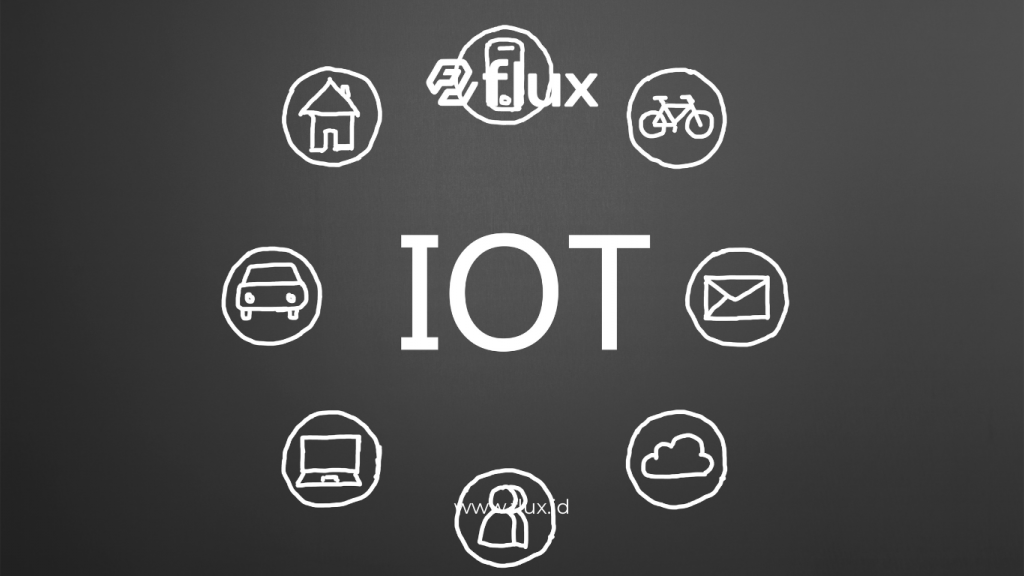Don't miss our holiday offer - 20% OFF!
In today’s digital era, the Internet of Things (IoT) has transformed various sectors, including healthcare. IoT sensors offer great potential to improve effectiveness and safety in healthcare facilities. By integrating smart sensors into healthcare systems, patient monitoring can be optimized, emergency response enhanced, and a safer, more efficient environment ensured.
This article explores the application of IoT Sensor Technology in Healthcare Services, highlighting its key benefits and addressing the challenges that may arise during implementation.
Contents
What is IoT Sensor Technology?

Read More: Optimizing Public Health with IoT Sensors: Innovative Solutions for Health Departments
IoT sensor technology refers to using smart sensors connected via the internet to collect and share data in real-time. These sensors monitor various parameters such as temperature, humidity, and pressure. In healthcare, they can track patient health conditions, hospital environments, and medical equipment.
Benefits of IoT Sensor Implementation in Healthcare Services

Read More: The Role of IoT Sensors in the Transformation of Social Services
- Real-Time Patient Monitoring
One primary benefit of IoT sensors is the ability to monitor patients in real-time. Sensors attached to the patient’s body measure vital signs like heart rate, blood pressure, and oxygen levels. This data is sent directly to the hospital management system or a mobile app. Doctors and nurses can continuously monitor the patient’s condition and act quickly if significant changes occur.
- Enhanced Patient Safety
IoT sensors play a crucial role in improving patient safety. Smart sensors monitor the hospital environment, checking room temperature and cleanliness levels. This helps prevent infections and ensures that the hospital environment stays optimal for patient care. Additionally, sensors on medical equipment can detect malfunctions or damage, reducing the risk of using faulty tools.
- Improved Operational Efficiency
IoT sensors can boost the operational efficiency of healthcare facilities. Sensors automate routine tasks like monitoring drug and medical equipment supplies. The data collected predicts supply needs and manages inventory more efficiently, reducing waste and ensuring the availability of medical equipment.
- Faster Emergency Response
In emergencies, speed is crucial. IoT sensors provide critical real-time information to medical staff, enabling quick and accurate responses. For instance, sensors in the emergency room can alert medical teams automatically if a patient’s vital signs indicate a critical condition, allowing immediate intervention.
Challenges in Implementing IoT Sensor Technology

Read Also: The Role of Voltage Sensors in Electric Motor Health Monitoring: Technology and Applications
- Data Privacy and Security
One main challenge in using IoT sensors is data privacy and security. Health data is sensitive information that must be protected. Healthcare facilities must safeguard the data collected by IoT sensors from unauthorized access and cyberattacks. Implementing strong encryption and security systems is essential.
- Integration with Existing Systems
Integrating IoT sensors with existing systems in healthcare facilities can be challenging. Older systems may not be compatible with new technology, requiring additional efforts to ensure sensor data integration. Staff training and infrastructure updates may also be necessary.
- Implementation Costs
The cost of implementing IoT sensors can be a barrier. While the long-term benefits are significant, the initial costs for hardware, software, and training can be high. Healthcare facilities must consider the budget and potential operational cost savings that IoT sensors can bring.
Case Study: IoT Sensor Implementation in Hospitals

Read More:Health Department Innovation through IoT Sensors
To better understand how IoT sensors work in healthcare, let’s examine a case study.
XYZ Hospital: IoT Sensor Implementation for Patient Monitoring
XYZ Hospital integrated IoT sensors into their care system to improve patient monitoring and operational efficiency. Sensors attached to patients allowed real-time monitoring of vital signs, enabling the medical team to identify potential health issues before they became critical. Additionally, sensors installed in the hospital environment helped ensure cleanliness and optimal room conditions.
This implementation led to a significant reduction in response time to emergencies, increased patient satisfaction, and lower operational costs associated with manual monitoring and inventory management.
Conclusion
Implementing IoT sensor technology in healthcare brings significant benefits, enhancing the effectiveness and safety of healthcare facilities. With the ability to monitor patients in real-time, improve safety, boost operational efficiency, and manage emergencies, this technology has proven valuable in the healthcare sector.
However, challenges like data privacy and security, integration with existing systems, and implementation costs must be carefully addressed. With the right strategy and attention to detail, healthcare facilities can use IoT sensors to provide better and safer patient care.
As technology evolves and IoT adoption grows, the future of healthcare services promises further innovation and improved quality of care.





